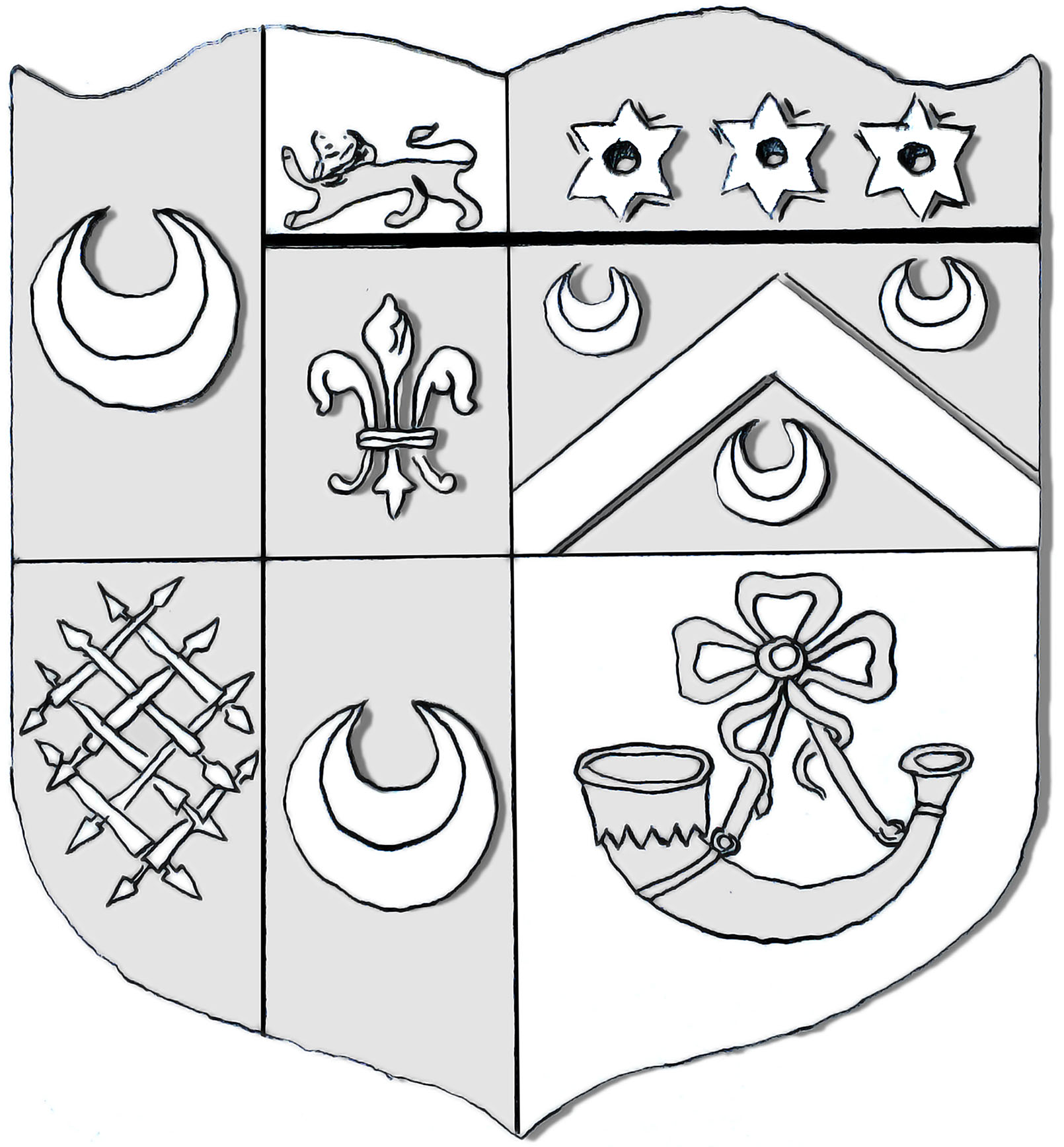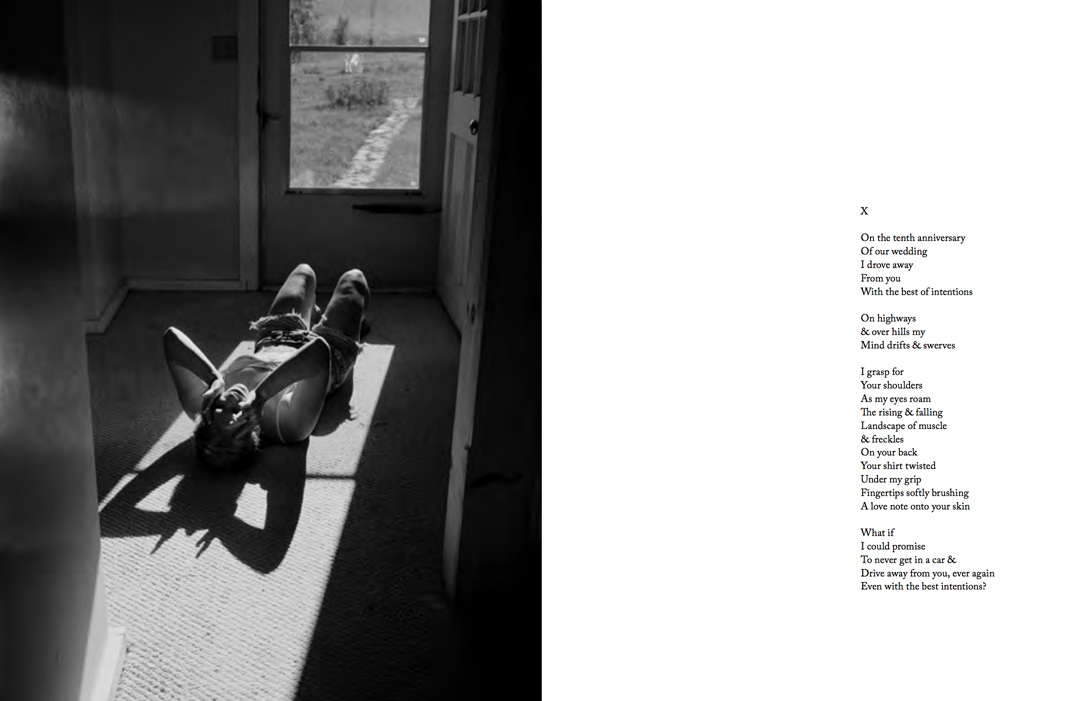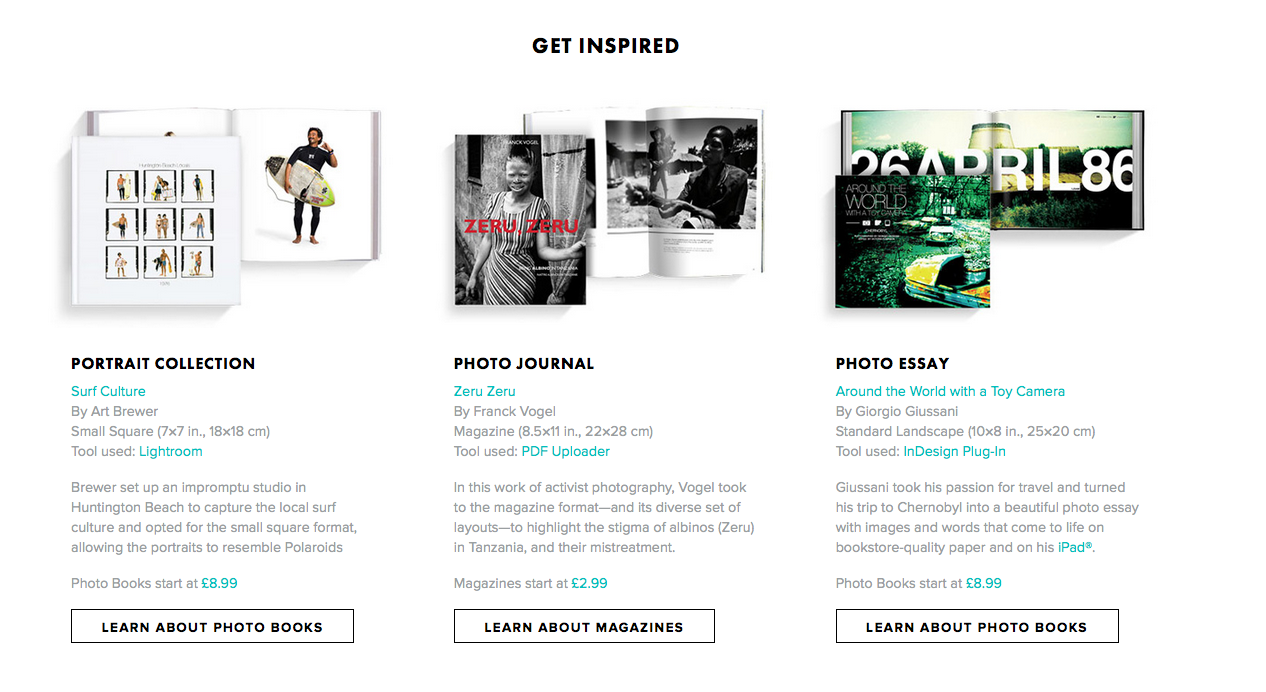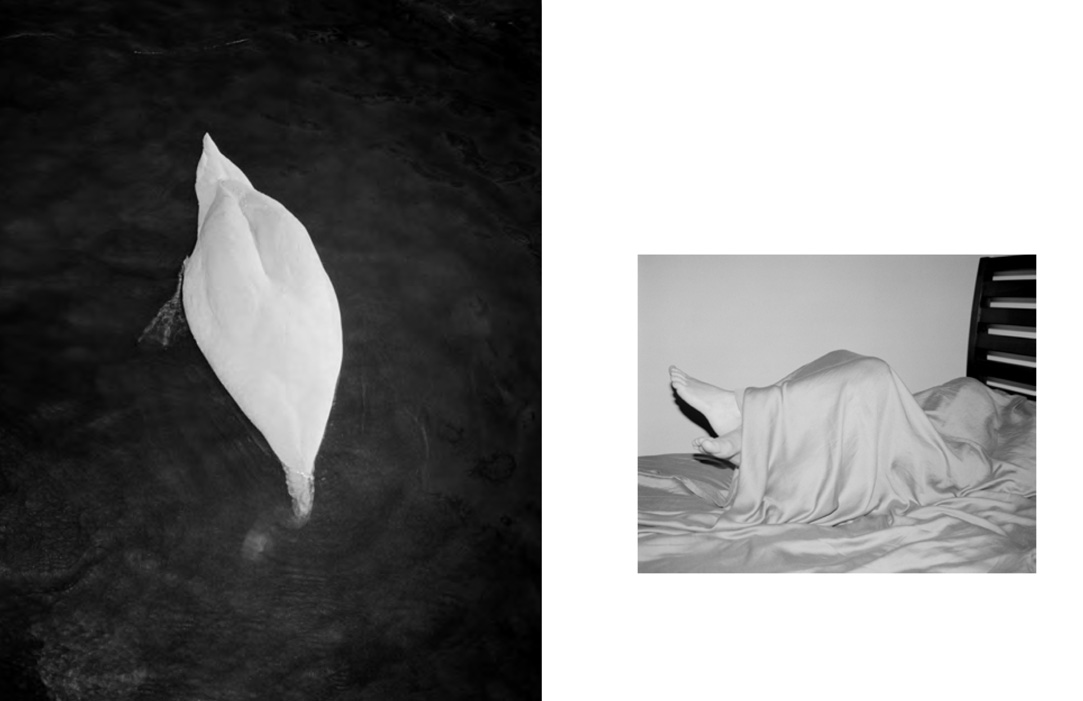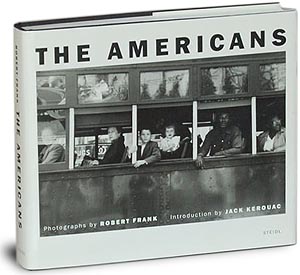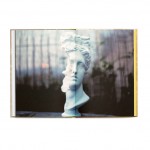On my return to Societe Jersiaise after the Christmas break, I re-started my studies from where I left off before Christmas immediately but instead of looking at old Jersey postcards, I began something a little different and hopefully more beneficial to my studies at school for my photography project – the tasks completed on Monday morning of this week has already proved much more beneficial to me than my previous tasks at the SJ. So even though, different to before Christmas, I still got straight back into the swing of things as I had an idea of what I wanted to achieve in my first session back before I attended the SJ. I didn’t want to continue with my study into the old postcards of Jersey because they were not providing me with what I wanted from my time at SJ. I wanted to find representations of Jersey as an old honeymoon destination but this was not being achieved and I felt my time wasn’t being used efficiently and it was getting a little repetitive so I suggested for me to move on form this and begin something new. I suggested my idea to Karen and she backed this up and gave me the all clear to go ahead with my intentions; my idea was to look through relevant information regarding my family history in the library at SJ. This task was really interesting and I will explain it more later in this post as well as what the create below actually is as it links with my studies from Monday 8th Jan.
When I was at Societe Jeriaise on 8th January, I was introduced to the library they have within the building. I was also introduced to the librarian and very knowledgeable, Ana. Myself and Karen went down to the library and told her what I wanted to research and observe relating to my family history. I wanted to look at my family tree and so Ana lead us straight to a draw full of family trees of the families of traditional Jersey names. She pulled out a large transparent envelope which included the family tree of the Luce family. I begin to look through this, and, as it was my first time looking at this family tree in such detail, I become a bit loots and overwhelmed by all the information provided about ancestors and potential long lost relatives which I was unaware of.
Ana then told both myself and Karen that earlier that week she discovered that the mother of the British comedian, Miranda Hart had the maiden name of Luce. This was also news to me and when I was left alone to delve deeper into my family history, I began researching this and discovered that great grandfather’s and uncle’s of Miranda Hart, were in fact Luce’s and they worked in the several wars of the world as surgeons and medical assistants. Although this was interesting, it did not have a relation to my project and I quickly moved on before I became knee deep in irrelevant content.
Next, Ana pulled out a very large hardback book; it was almost like an encyclopedia, but covered information of traditional Jersey surnames and their origins as well as including the crest of each family name. This book was called an armorial book. An armorial is defined as ‘relating to heraldry or heraldic devices.’ And heraldry as defined as ‘the system by which coats of arms and other armorial bearings are devised, described, and regulated.’ All information relating to the surnames of Jersey-born families is carefully collated and and detailed in this book and it included the origins of the Luce name which was a great. Although a very small segment of the book outlined the Luce name, it had the crest of our family within and it was amazing to see. I immediately had the idea to include this in some way or another within my photo book to give some sense of historical but personal meaning to my book.
Below is the crest if the Luce family taken from the online version of the armorial book. It is evidently very detailed and beautiful in it’s intricacy and symbolic representations and I was eager to create a replicate of this by tracing part of the crest, in particular, the coat of arms in the middle and there was no way I would be able to re-create a quality drawing of the full crest. Therefore i decided to begin my recreation of the coat if arms in the center which included a range of different symbols within this and I would use this creation once digitized on Adobe Photoshop as a personal and historical representation to include in my photo book.

I would love to infer as to what the different symbols within the coat of arms actually mean and I think I would be able to find this information out from the librarian, Ana. For now, however, the image below is a JPEG of my recreation of the crest and it was a first draft experiment that may change slightly through alterations over thg next few weeks leading up to the creation of my photo book. However, I was really pleased with the final outcome because of the drastic change that occurred between the first stage of tracing the crest and the uploading an image of this to Photoshop to then improve in terms of final tweaks including the increase in black point and decrease in white point to make the black lines stand out and I also added the grey background as well as drop shadows to some of the symbols, as shown in the original crest above as I wanted it look as authentic as I could whilst still holding elements of it being handmade/drawn.
